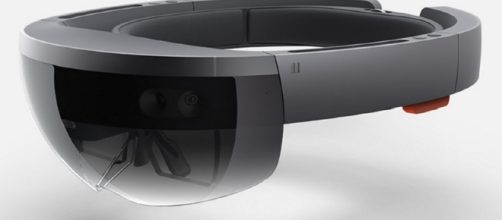Microsoft Hololens seems to be taking a higher level, now it is not for gaming and camera effects features only. Scopis, a surgical tech company is incorporating this technology to their new Holographic Navigation Platform. As the tech world is getting more ready with the augmented reality, especially with the recently released mixed reality by Microsoft, other fields are starting to integrate it also. But decades have passed already, and augmented reality has been part of some projects in the military, industrial and medical fields. The Augmented Reality, which is a fresh mixed reality platform could potentially enhance accuracy and advance procedures.
HoloLens in the medical field
The HoloLens now is opening the augmented reality another spectrum for practical applications. HoloLens’ major role for the Scopis Holographic Navigation Platform is to help surgeons in performing spinal surgeries. The tech company has specifically worked with Microsoft’s HoloLens in this medical field. According to Scopis, their system, during a surgery can utilize a 3D tracking using the HoloLens. This will aid in finding spinal screw positions accurately. In addition, virtual monitors can also be placed above surgery space that will enable a surgeon to refer to charts and images, which seems to appear in the real world, in a hands-free and seamless way while their hands are busy conducting operations.
What the AR can do
The finger gestures included in the HoloLens are also being employed for surgeon’s easy control, which is like pinching the air, Mashable reported. Through the hand gestures, doctors can adjust the virtual display while allowing them to see the patient’s vital signs during the operation. Scopis did not just rely ultimately on the internal tracking sensors of Microsoft because it can be seen that the headset and tools intended for surgery have many tiny rigid-body markers for more accurate tracking. The Microsoft HoloLens might be a needed factor for spine operations. It is also expected that with this kind of system, operations can be done within a short period of time and invasive depth can be reduced.
It will lessen the radiation exposure from the current spine-envisioning method of fluoroscopy as well. The reliability of HoloLens during crucial times in the operating room is still to be found out if it can handle the pressure and really ease some of the doctors’ burdens while an operation is taking place.


